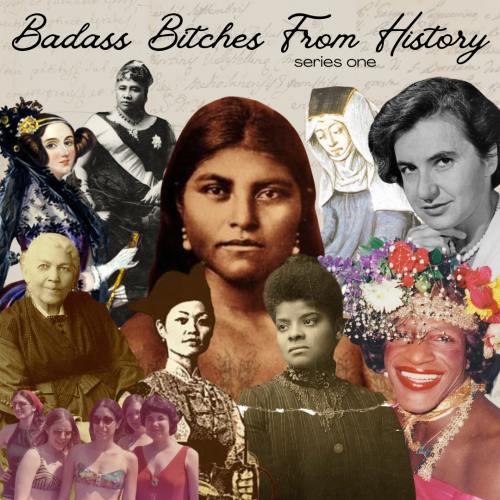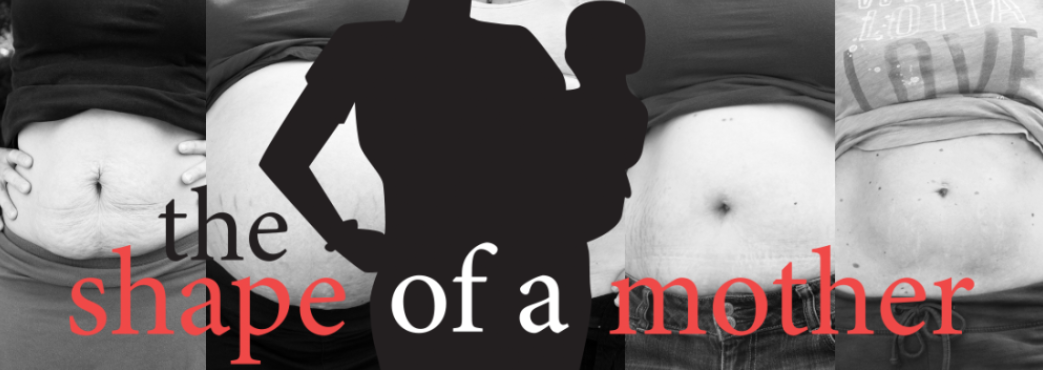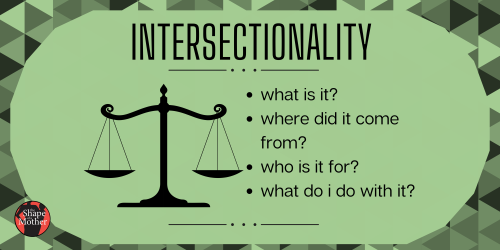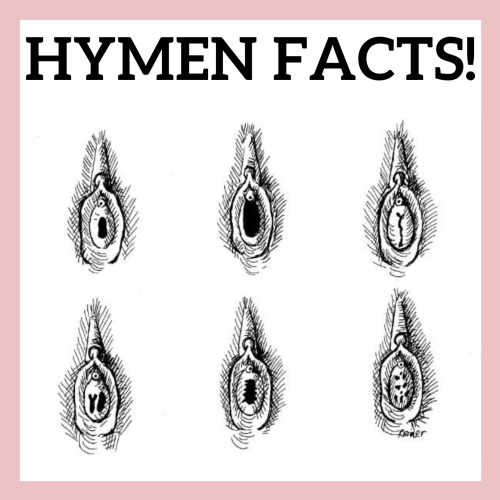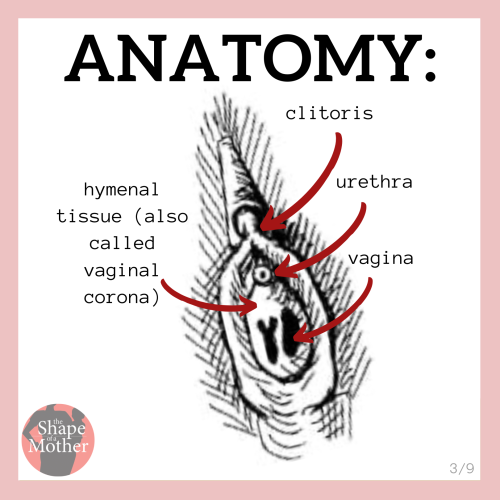A couple of months ago on our Facebook page, we had an invasion of TERFs. TERF, if you don’t know is an acronym that stands for “Trans Exclusionary Radical Feminist,” or someone who defines themselves as a feminist, yet fights against trans rights. It has been proposed that perhaps FART, or Feminism-Appropriating Radical Transphobe, might be a more apt name and I cannot argue. It’s not feminism if it’s not intersectional. *shrug*
Over the course of the invasion I realized that a lot of folx simply do not have the most up-to-date information about sex and gender. For instance, modern science now fully recognizes that the human spectrum of sexes is not a simple binary of male and female, and that those folx whose physical traits do not align with either male or female are not “broken” or in need of fixing, but that, simply, there are many ways to be human and “male” and “female” are merely two of them. So I knew my next infopost needed to address these topics. Sit back and get ready to learn some really cool shit. Humanity is far more diverse than our society has ever given it credit for, and frankly, I think that’s beautiful as fuck.
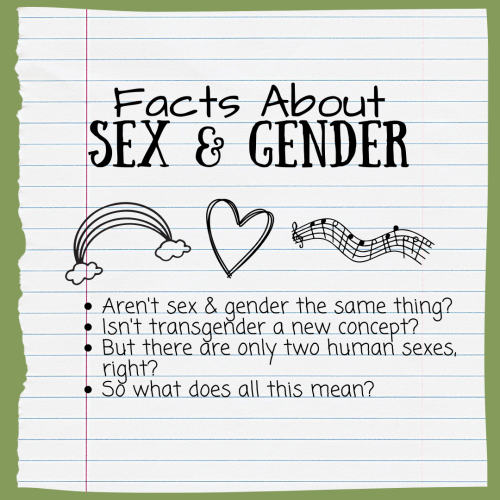
FACTS ABOUT SEX & GENDER
Aren’t sex & gender the same thing?
Nope!
What is sex? In this context, “sex” refers to the physical characteristics of a person’s body. I.e. the parts that are used to assign genders at birth or genetic information.
What is gender? “Gender,” on the other hand, is a set of socially constructed behaviors and/or characteristics that typically go with a person’s sex, although they do not always align.
Sex and gender do interact with each other, but they are not the same thing.
When we define terms, PLEASE REMEMBER that definitions can help us to communicate more clearly but that people are more important than dictionary definitions and that as languages evolve, so does our understanding of words and their definitions! So these definitions may be new to you, but that’s okay!
Isn’t transgender a new concept?
Western culture, on the whole, has not historically had a unifying definition of gender outside of male/female. Within American culture and the cultures that formed American culture (stemming from Christianity, really), transgender is a relatively new concept to us. That doesn’t mean that trans folx never existed! In fact we have records of many people “living as” the opposite gender to the one they were assigned at birth. But these instances were rarely public knowledge, likely due to the punishments trans folx would receive at the time (2).
However, other cultures have long acknowledged three or more genders. The UN Free & Equal, an initiative of the UN Humans Rights Office, has an excellent map that shows some of the cultures which have historically acknowledged sexes, genders, and sexual orientations outside the binary (3). (Please note this link is fussy- it always gives me an error the first time. Usually works the second time.) Among them are listed indigenous cultures from the Americas, Russia, Indonesia, Asia, as well as European and Mediterranean cultures dating back to the Enlightenment and ancient times. Worldwide, queer folx have always existed and have been culturally acknowledged.
How many human sexes are there, really?
Intersex is the appropriate term today for folx whose bodies do not physically align with either male or female. Older terms you may have heard are no longer considered polite and h*rmaphrodite is considered a slur. Amnesty International has a good, short article debunking five common myths about intersex folx (4). Click the link for more information, but I’ll highlight a few here:
Being intersex is rare. As we learn more about genetics and hormones, we discover people who may not have otherwise been aware that they are intersex. In recent years a 70 year old man and father of four had surgery to repair a hernia during which it was discovered that he had a uterus (5). Some intersex conditions are only known through chromosomal or genetic workups (5). And some medical professionals and folx with PCOS consider this to be an intersex condition, although there is not yet a firm consensus (6). All told it is estimated that there are about as many intersex folx on the planet as there are redheads (4). (I do not believe PCOS is counted in those numbers. For more info on how PCOS can be considered intersex, check out Hans Lindahl’s video on Youtube.)
Being intersex is a condition that needs to be corrected. Our culture has been so obsessed with the gender binary that we have performed painful and irreversible surgeries on children and infants, often without their consent (4). “Although doctors and parents may be well meaning, the reality is that the procedures performed on intersex children can cause major problems, including infertility, pain, incontinence and lifelong psychological suffering (4).”
Intersex folx are transgender. I mean some of them may be, but ultimately the two conditions are fundamentally different conditions. “An intersex person may be straight, gay, lesbian, bisexual or asexual, and may identify as female, male, both or neither (4).” Just like being born cis male or cis female, “intersex” refers only to the physical self, while “transgender” refers to the person’s internal identity of who they are.
Remember:
NEVER ask someone about their genitals. That is personal information and it is NONE of your business!
People are more than their genitals, and your job as an ally is to simply trust that a person knows who they are and to use the language they ask you to use.
What do trans rights mean for feminism?
It is important to note that transgender folx – and intersex folx – being accepted and embraced by the feminist and queer movements is not in any way harmful to those movements. This is one argument I hear from TERFs all the time; they accuse me of somehow harming women by being inclusive of trans folx. I honestly cannot comprehend such a thought. When your feminism is intersectional, it already includes marginalized folx. The patriarchy is bad for everyone, even white men. All “patriarchy” means is that men hold the power, not that they spiritually and wholly benefit from it. That can be another post for another day; today I want to talk about the history of feminism.
As a scholar of women’s history I have learned that the suffragist movement systematically kept Black suffragists out. I have learned that second wave feminism, while being somewhat more racially inclusive, excluded the queer community, calling lesbians “The Lavender Menace” (for real tho is there a gay riot grrl band named The Lavender Menace yet because there should be).
TERFs are nothing more than the next wave of exclusionary feminists. They are entirely unoriginal and utterly boring. To truly be worthy of the term “radical” one would have to be doing something new and unprecedented. Alas.
If one is not making sure their feminism is intersectional, they aren’t really doing the work of Feminism. Rather, they are doing the work of the patriarchy, of white supremacy, of capitalism, of oppressors.
This umbrella is big enough for all of us. Make room or get out.
Thank you for coming to my Ted talk.
All of this is not knowledge I was given as I was growing up. Much of the genetic knowledge of sex is more recent than my high school biology education from the dark ages in the 90s. It’s okay to have not known this stuff before now. But as we know better, we do better. Make sure to make room for your trans and intersex friends and don’t gatekeep them because you simply didn’t have the right info.
Sources
1. “Gender and Health.” World Health Organization, World Health Organization, https://www.who.int/health-topics/gender.
2. “History of Transgender People in the United States.” Wikipedia, Wikimedia Foundation, 14 Dec. 2021, https://en.wikipedia.org/wiki/History_of_transgender_people_in_the_United_States.
3. “Sexual Orientation and Gender Identity Throughout History.” UN Free & Equal, UNFE.org. https://www.unfe.org/system/unfe-74-SEXUAL_ORIENTATION_AND_GENDER_IDENTITY_ARE_NOTHING_NEW_PDF.pdf.
4. “Its Intersex Awareness Day – Here Are 5 Myths We Need to Shatter.” Amnesty International, Amnesty International, 11 Oct. 2021, https://www.amnesty.org/en/latest/news/2018/10/its-intersex-awareness-day-here-are-5-myths-we-need-to-shatter/
5. Ainsworth, Claire. “Sex Redefined: The Idea of 2 Sexes Is Overly Simplistic.” Scientific American, Scientific American, 22 Oct. 2018, https://www.scientificamerican.com/article/sex-redefined-the-idea-of-2-sexes-is-overly-simplistic1/
6. Lindahl, Hans. “Is PCOS Intersex?” Hi, Hello, Hans, YouTube, 20 Nov. 2020, https://www.youtube.com/watch?v=h-jN13Cw7XU. Accessed 5 Jan. 2022.
